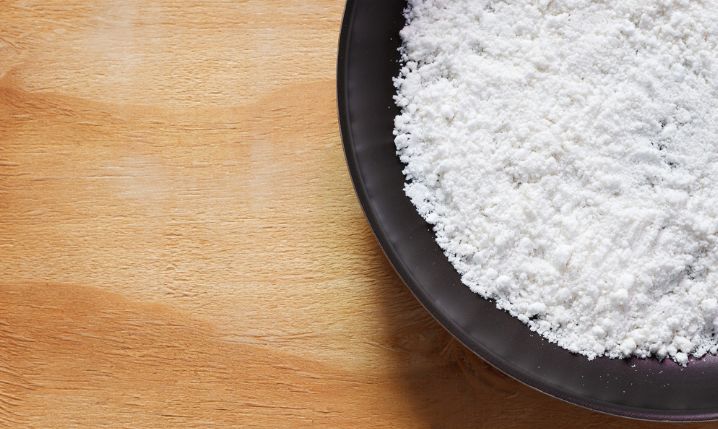Both tapioca starch and tapioca flour have become the go-to gluten-free products. With so many similar gluten-free ingredients flooding the market, it can get confusing to differentiate between the two popular tapioca products. While tapioca starch and floor have a similar appearance, they differ in certain aspects.
What is Tapioca Starch?
Tapioca starch is derived from the starchy part of the cassava plant. The plant, also known as Yucca, is a root vegetable native to South America. This fine, white powder has gained momentum in gluten-free baking and cooking.
Tapioca starch is produced commercially, where the plant is squeezed out to extract the liquid. As the liquid evaporates, white powder is left behind, which is pure starch. If you’re considering adopting a healthier lifestyle, tapioca starch might be your thing. This food ingredient does not contain any fat or cholesterol content.
Tapioca starch is both tasteless and odorless, which makes it easier for you to add it to any recipe. It does not change the inherent flavor but does give it an enhanced texture.
What is Tapioca Flour?
Tapioca flour is an excellent way to level up the texture of your recipes. This gluten-free ingredient is made from the crushed pulp of the cassava root. The flour is packaged and sold as a fine, white powder that blends perfectly with your gluten-free baking. While tapioca flour has recently gained popularity in the west, it has been a staple ingredient in Africa and Asia.
Since the flour made from the yucca plant is naturally gluten-free, you can use it as a wheat substitute in your recipes. When you add the flour to your baked goods, it helps the ingredients bind together correctly. Tapioca flour adds a significant taste to your recipe.
Tapioca Starch Vs. Tapioca Flour: What’s the Difference?
Tapioca starch and flour look and taste the same, which is why so many people are confused. The significant difference between them is the way they are manufactured and marketed. Most manufacturers use the term tapioca starch and flour interchangeably. In the US, the food ingredient popular as flour is known as starch in most Asian countries.
Tapioca starch is derived from the starchy part of the cassava plant. On the other hand, tapioca flour is derived from the plant’s root. Tapioca starch has a superior firmness when compared with powder. While the starch is tasteless, tapioca flour makes your meal slimy while imparting a strong taste to your dish.
Conclusion
While you may think tapioca flour and starch are the same, they are pretty different from each other. However, you can use them interchangeably in most recipes. The central point of confusion is created by food manufacturers in the US, who label the product interchangeably. However, in Asian countries, starch and flour are labeled as two different products.
